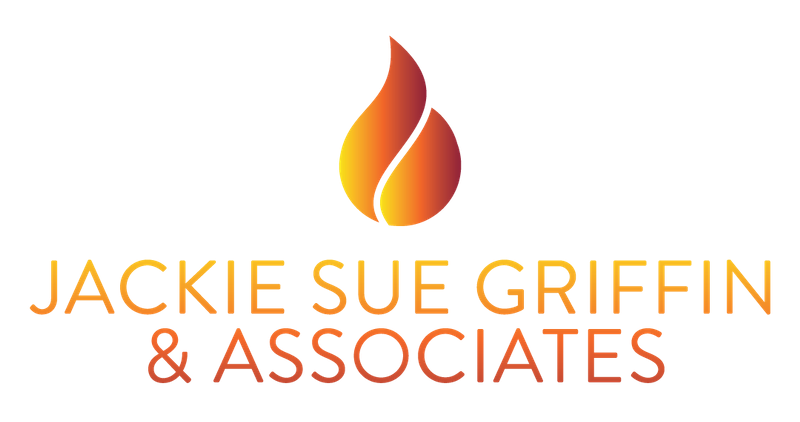
21 Apr Neurodiversity in the Workplace: How Nonprofits Are Leading the Way
When we talk about diversity, equity, and inclusion, neurodiversity is often left out of the conversation. But it’s time to change that. Neurodiversity refers to the natural variations in how people think, learn, process information, and interact with the world. It includes individuals with autism, ADHD, dyslexia, and other neurological differences. These aren’t deficits—they’re simply different ways of experiencing and engaging with life.
As more organizations begin to recognize the value of neurodivergent talent, nonprofits are uniquely positioned to lead the way. With missions rooted in empathy, equity, and social progress, many nonprofits are creating workplace cultures where neurodivergent employees can not only be themselves—but thrive.
Why Neurodiversity Matters at Work
Neurodivergent individuals bring a wide range of strengths to the workplace. From creativity and problem-solving to pattern recognition and out-of-the-box thinking, their contributions can be invaluable—especially in environments that encourage innovation and fresh perspectives.
Yet traditional work environments can unintentionally create barriers. Rigid interview processes, overstimulating office settings, and one-size-fits-all communication styles can leave neurodivergent job seekers feeling excluded. That’s why it’s so important for organizations—especially mission-driven ones—to take intentional steps to build workplaces that truly work for everyone.
Leading with Empathy and Flexibility
Many nonprofits are already skilled at adapting to the needs of the communities they serve. That same mindset can be applied internally to support neurodivergent employees. It starts with a shift in thinking: Instead of expecting every team member to work the same way, organizations can offer flexible approaches that honor different needs and strengths.
This might look like providing noise-canceling headphones or quiet workspaces. It might mean rethinking communication norms—like giving employees the option to respond in writing rather than on the spot in meetings. It could also involve offering clear, detailed instructions and minimizing unnecessary multitasking.
The beauty of these accommodations? They often benefit everyone—not just neurodivergent employees.
Rethinking Recruitment and Hiring
Traditional hiring practices can unintentionally screen out neurodivergent talent. Nonprofits that are reimagining this process are seeing powerful results.
That could mean offering alternative interview formats—such as skills-based tasks instead of open-ended questions—or giving candidates interview questions in advance so they have time to process and prepare. It might also mean working with local disability organizations to reach job seekers who are often overlooked.
By creating a more inclusive hiring process, nonprofits are not only living out their values—they’re tapping into a rich pool of talent that has long been underestimated.
Creating a Culture of Belonging
Inclusion isn’t just about hiring—it’s about belonging. Nonprofits that are leading the way in neurodiversity often have open conversations about different ways of thinking and working. They train managers to understand neurodivergence and encourage team members to share what helps them do their best work.
Importantly, they also recognize that disclosure is a personal choice. Creating a psychologically safe environment—where no one feels pressured to “mask” or hide their identity—is key. It’s not about labeling people. It’s about building a culture where people can bring their full, authentic selves to work.
Training and Awareness Matter
One of the most powerful tools nonprofits have is education. Hosting workshops or bringing in neurodiversity consultants can help demystify what it means to be neurodivergent—and dismantle harmful stereotypes.
It’s also helpful to provide ongoing resources and opportunities for learning. From lunch-and-learns to inclusive language guides, every effort helps build a more thoughtful, respectful workplace where everyone is seen and valued.
Walking the Talk
Ultimately, nonprofits that embrace neurodiversity are doing more than just creating inclusive workplaces—they’re modeling what equity and accessibility look like in action.
They’re showing funders, partners, and the communities they serve that inclusion isn’t just a buzzword—it’s a daily commitment.
And they’re proving that when we design work environments with flexibility, compassion, and openness in mind, everyone benefits.
There’s still more work to do, but the momentum is building. By leading with heart and purpose, nonprofits are shaping a future where neurodivergent individuals don’t have to fit into a mold to succeed—they’re valued precisely for who they are.
For nonprofits looking to begin or deepen this work, the first step is simple: listen. Talk to your team. Seek out feedback. Make space for difference.
Because when we embrace the full spectrum of human experience, we build stronger teams, stronger missions, and a stronger world.

No Comments